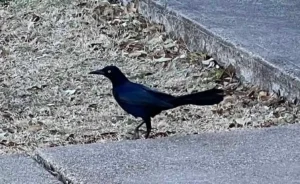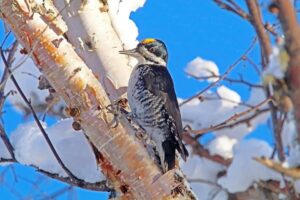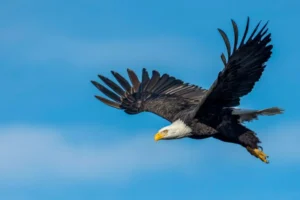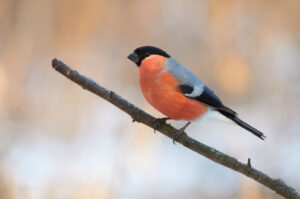When it comes to the debate about crows vs blackbirds, there’s no question that these two species share more than a few similarities. Both are birds that belong to the same family, and they can look similar at first glance. However, there are also a few key differences that set these feathered friends apart from each other.
In fact, the rivalry between crows and blackbirds goes beyond mere appearance and extends to their behavior, habitat, and social interactions. If you’re interested in learning more about these fascinating birds and how to tell them apart, then keep reading.
In this article, we’ll explore the friendly feud between crows and blackbirds, including their physical appearance, behavior, habitant, and so on.
Crow vs Blackbird: Key Differences and Comparisons
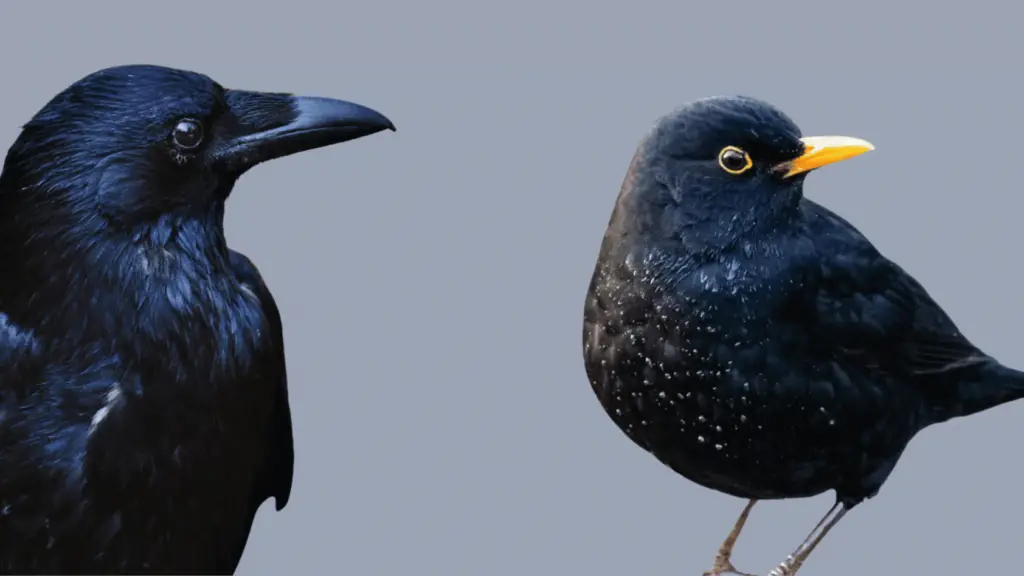
When it comes to blackbirds and crows, many people may have a difficult time telling them apart. Although they may appear similar at first glance, there are several key differences between these two bird species. In this article, we’ll compare crow vs blackbird in terms of appearance, behavior, song and calls, habitat, and size and weight.
Appearance
Blackbird
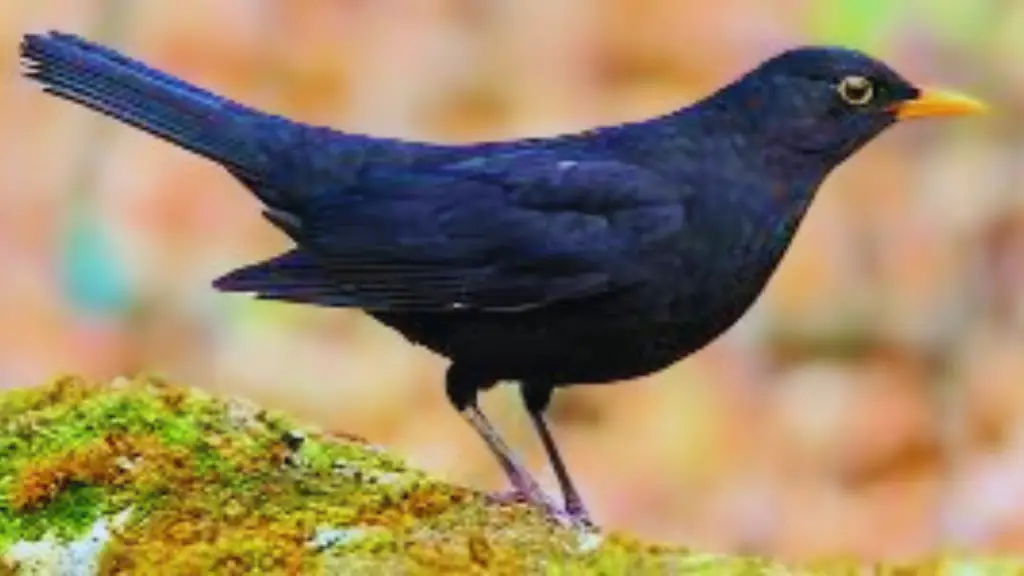
The adult blackbird is characterized by its glossy black feathers. The shape of their beaks is usually more slender than that of crows, and the tail feathers of a blackbird are long and tapered. The feathers of the blackbird often have a glossy sheen, which can help differentiate the two.
Crow
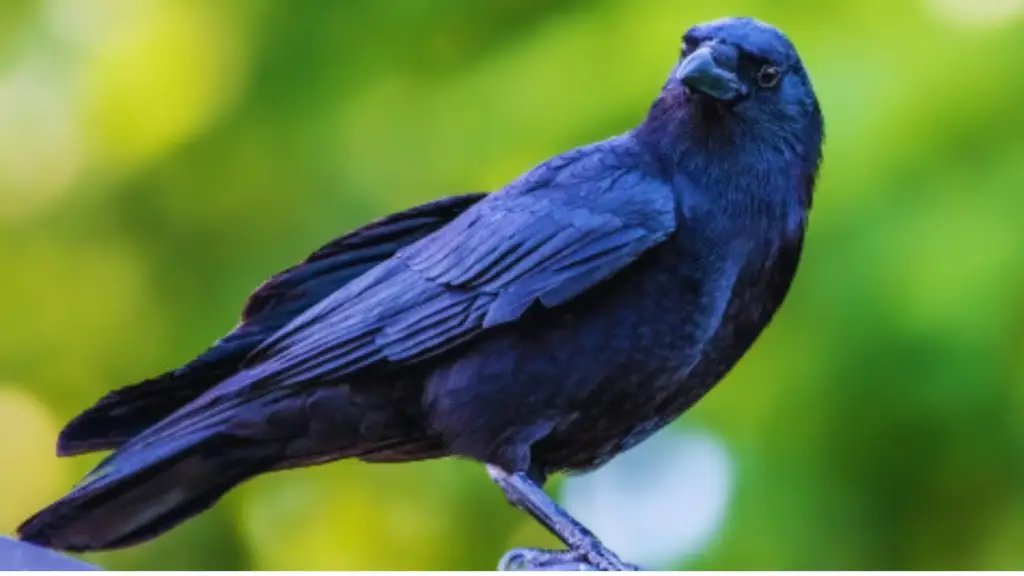
The American crow is also covered in black feathers, but its appearance is more robust than the blackbird. The crow’s beak is broad and strong, and its tail feathers are more squared off when compared to the blackbird. Crows also have a larger wingspan than blackbirds.
| Feature | Blackbird | Crow |
|---|---|---|
| Beak Shape | More slender | Broad and strong |
| Tail Feather Shape | Long and tapered | Squared off |
| Wingspan | Smaller | Larger |
Behavior
Blackbird
Blackbirds tend to be more solitary and less social than crows. Though blackbirds are monogamous, they do not form large flocks like crows. They have a clutch size of 3-5 eggs and are known to be more secretive in their nesting habits.
Crow
Crows are social birds, often forming large flocks and complex social structures. American crows mate for life, and young crows may stay with their parents for an extended period. Crows are highly intelligent and are known to use tools, problem-solve, and even mimic human speech.
Song and Calls
Blackbirds make a variety of melodic songs, often described as flutelike. Crows, on the other hand, are known for their harsh, cawing calls. This is one of the easiest ways to tell them apart.
Habitat
Blackbirds tend to prefer wooded areas, fields, and wetlands, while crows are found in a variety of habitats, including forests, urban areas, and agricultural fields. Both species can be found in North America, but crows are more likely to be found in urban areas.
Size and Weight
Crows are larger than blackbirds, with a noticeable size difference. An adult crow weighs around 1 pound and can reach up to 20 inches in length, depending on the species. In contrast, an adult blackbird weighs around 3.1 ounces and is much smaller in size.
| Feature | Blackbird | Crow |
|---|---|---|
| Size | Smaller | Larger |
| Weight | Around 3.1 ounces | Around 1 pound |
In conclusion, while blackbirds and crows may seem similar at first, there are several key differences that allow them to be easily distinguished. By paying attention to their size, the shape of their beaks and tails, songs and calls, and habitats, it becomes easier to tell the difference between these two fascinating bird species.
Physical appearance, behavior, habitat preferences, size and weight differences, social structures, diets, reproductive behaviors, and social interactions. By the end of this article, we’ll tell you what to look for when trying to identify these birds, and what makes them unique in their own way.
Social Structure
Crows and blackbirds have distinct social structures. Crows are known to be monogamous birds that mate for life and often have tight-knit family units. They are also highly intelligent and known for their problem-solving abilities. They are much larger than blackbirds and tend to live in larger groups.
Blackbirds, on the other hand, are less social than crows and often seen alone or in small groups. They are typically smaller in size and have a less complex social structure. Adult blackbirds tend to be more territorial than crows and will defend their nesting areas aggressively.
Diet
Crows are known for their omnivorous diet, which means they eat both plants and animals. This makes them incredibly adaptable to different environments and food sources. They will eat anything from insects, small mammals, and amphibians, to nuts, seeds, and fruit. They are also known to take advantage of carrion and garbage, which makes them adaptable to urban environments.
Crows are opportunistic eaters, and will often steal food from other birds or animals. They have been observed chasing other birds, such as hawks and eagles, to force them to drop their prey.
Despite their varied diet, studies have shown that crows consume more meat than plants, particularly during the breeding season when they need protein to support their young.
As scavengers, crows play an important role in cleaning up the environment and consuming carrion that would otherwise attract disease.
In contrast, blackbirds are primarily insectivorous, feeding on insects and other arthropods during the warmer months. They will also eat fruits and seeds, but insects make up the bulk of their diet.
It’s important to note that diet is not always a reliable way to distinguish crows from blackbirds, as they both have varied diets and can overlap in their feeding habits.
Reproduction and Family Life
Crows are remarkable birds with unique reproductive behaviors. The wingspan of crows varies from 85 to 100 cm (33 to 39 in), and they mate for life. Once a suitable partner is found, they will remain together until one of them dies. When it’s time to breed, they build nests high in the trees, using sticks and twigs, and lining them with soft materials like grass and hair.
Crows typically lay 3 to 4 eggs per clutch, which are incubated by both parents for around 18 days. After the eggs hatch, the parents raise the young crows together. Crows are excellent parents, feeding and protecting their young until they can fend for themselves several weeks after hatching.
Crows are social birds and are much larger than blackbirds, often living in large flocks. They’re known for their intelligence and have been observed using tools, solving complex problems, and even playing games with each other.
Overall, crows have a unique and fascinating reproductive and family life that sets them apart from many other bird species.
Social Interaction
Crows are much more social than blackbirds. They are highly intelligent and communicate effectively with one another using a variety of calls, vocalizations, and body language. Crows often form large flocks that work together to accomplish tasks such as finding food, defending territory, and protecting their young.
Crows are known to be very protective of their offspring, and will fiercely defend them against predators or other threats. They also have a strong sense of community, and will often aid other members of their flock in times of need.
While blackbirds can also be social creatures, they are not as communicative and organized as crows. They tend to form smaller groups and do not work together in the same way that crows do.
Similarities and Differences
At first glance, crows and blackbirds may seem very similar, but upon closer inspection, there are several key differences. For starters, while both species have black feathers, the feathers of the blackbird tend to be more iridescent and have a purple or blue tint to them. Additionally, the beak of a crow is broad and straight, while the beak of a blackbird is long and tapered.
Behaviorally, adult blackbirds tend to be more solitary and territorial, while adult crows are highly social and known to form large groups, or “murders.” Crows are also much larger than blackbirds, with a typical crow weighing around 1 pound and having a wingspan of about 3 feet, while a blackbird weighs around 3 ounces and has a wingspan of about 1 foot.
| Crows | Blackbirds |
|---|---|
| Crows belong to the genus Corvus. | Blackbirds belong to the genus Turdus. |
| Crows are monogamous and mate for life. | Blackbirds are polygamous and may mate with multiple partners. |
| Crows are omnivorous and will eat just about anything, including insects, small mammals, and carrion. | Blackbirds are primarily insectivorous and will also eat fruits and berries. |
Despite these differences, both crows and blackbirds are important members of the avian ecosystem and play vital roles in maintaining a healthy balance in their respective habitats.
Conclusion: How to Identify Them
To distinguish between crows and blackbirds, it is important to closely observe their physical appearance, behavior, preferred habitats, social structure, diet, and reproduction habits. While they may appear similar at first glance, there are distinct differences that set them apart.
One notable difference is their size and weight. Crows are larger and weigh around 1 pound, while blackbirds are smaller and weigh around 3-4 ounces.
Another difference is their social structure. Crows are social birds that mate for life and are often seen in groups, while blackbirds are more solitary and territorial.
Key Features to Look For
To identify a crow, look for its broad beak, dark feathers, and larger size. Crows also have a wingspan of around 3 feet and are often seen in pairs or groups.
Blackbirds, on the other hand, have long, tapered feathers and a more slender beak. Adult blackbirds are often seen alone or in pairs and are more likely to thrive in open fields and meadows.
In summary, while crows and blackbirds may share some similarities, there are distinct differences in their physical appearance, behavior, social structure, diet, and reproduction habits. By closely observing these key features, you can accurately identify these friendly rivals in the skies.
Blackbird vs Crow FAQs
Q. What is the difference between a blackbird and a crow?
A blackbird and a crow are both bird species, but they have distinct characteristics. While blackbirds and crows belong to the same family, they belong to different genera. The crow is commonly known as an American crow, whereas the blackbird refers to several species of blackbirds and crows including the red-winged blackbird.
Q. How can you tell the difference between a blackbird and a crow?
To differentiate the two, you can observe their physical attributes. The crow is generally larger in size with a broader beak compared to the blackbird. The feathers of the blackbird are long and tapered, while crows have glossy black feathers. The tail feathers of a blackbird are also more noticeable.
Q. How much do crows and blackbirds weigh?
An adult crow weighs around 1 pound, which is significantly larger compared to a blackbird which weighs around [weight here].
Q. Are there any key differences in their nesting habits?
Yes, there are some differences. Blackbirds are monogamous birds and typically build their nests in dense vegetation near water bodies. On the other hand, crows may construct their nests in urban areas using a variety of materials including sticks and twigs.
Q. What do crows and blackbirds eat?
Crows eat a wide range of food including insects, small mammals, fruits, and carrion. Blackbirds, on the other hand, primarily feed on seeds and insects but may also consume fruits.
Q. Are crows and blackbirds social birds?
Crows are known to be highly social birds and often form large groups called flocks. They also exhibit complex communication and cooperative behaviors. Blackbirds, although they may gather in groups, are not as social as crows.


